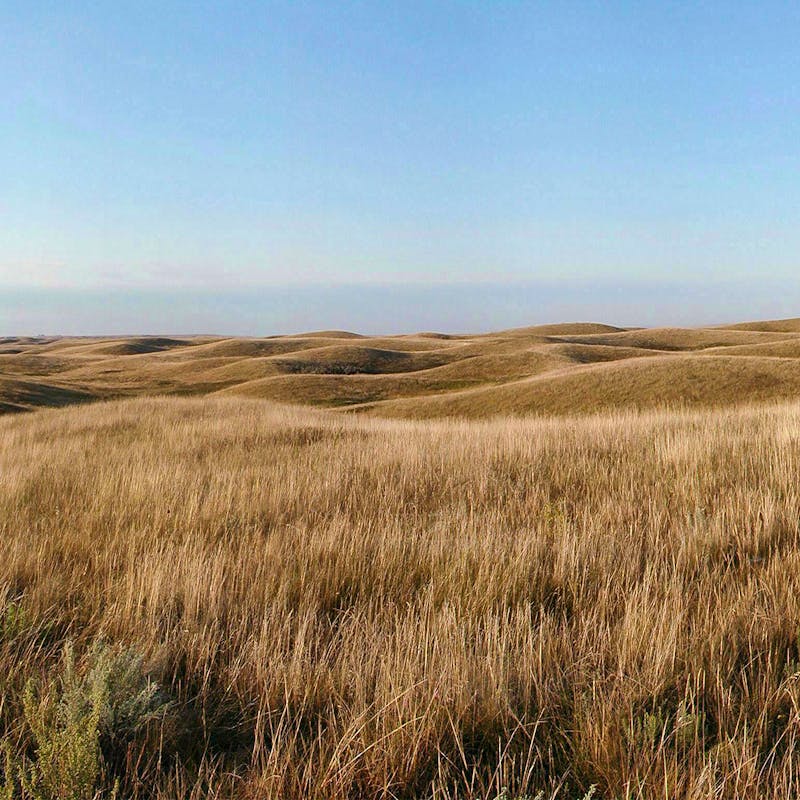New plan may stop the annual slaughter of Yellowstone bison
The days of hazing and sending truckloads of wild Yellowstone bison to slaughter—simply for wandering outside the park—could finally be coming to an end. Five federal and tribal agencies announced in March that they will revise the current bison management plan with an eye toward terminating the decades-long controversial killing policy.
The current plan allows for only 3,000 bison in the Yellowstone region—even though wildlife experts agree that the area could support as many as 6,000 bison. The plan also exaggerates the chances that bison could transmit disease to cattle.
Yellowstone’s bison, some 4,000 strong, are the descendants of 24 saved from poachers in the park’s early years. They wander at will within park boundaries. But outside its boundaries, even in the vast public lands of Gallatin National Forest, they are allowed only a tiny portion of their historical range and only in winter.
Bison that migrate from the park must return in May before cattle-grazing on public lands begins. In years when bison numbers exceed 3,000, the National Park Service is forced to ship many to slaughter as they leave the park, the result of pressure from the Montana Department of Livestock.
“This agency erroneously claims that bison numbers must be kept artifically low to avoid the spread of the bacterial disease brucellosis to livestock,” says Jonathan Proctor, Defenders’ Rockies and Plains program director. “But this opposition to bison is really about a fundamental unwillingness to share the land. Every single case of brucellosis transmission from wildlife to cattle in Montana, Idaho and Wyoming over the past several years has been traced to elk.”
Defenders points to other solutions, such as allowing bison in additional areas of critical winter habitat outside the park and continuing to relocate bison to tribal and public lands in the Great Plains.
“Expanding habitat is a much better way to manage Montana’s wild bison than shipping them to slaughterhouses,” says Proctor. “Defenders’ practical and proven solutions—like bison-resistant fencing around gardens—help landowners in areas outside the park to coexist with bison. There is no rational need for the slaughter to continue.”
Defenders is also helping restore Yellowstone’s genetically important bison to tribal lands in eastern Montana, despite bison opponents’ attempts to thwart transfers. New herds are now established at Fort Peck and Fort Belknap Indian reservations. Opponents claimed that capturing and relocating bison made them no longer wild. A Montana judge rejected that claim in April.
“Moving wild bison to a different location doesn’t make them any less wild,” says Proctor. “Wildlife reintroductions are essential for recovering many wild species. We are pleased that the court agrees.”
Why care?
Bison are a keystone species. This means their presence—or absence—alters the ecosystem. Migrating, grazing bison once created habitat for prairie dogs, grassland birds and many plant species. They moved seeds and created mini-wetlands by wallowing, and their carcasses provided food for other animals. But today, wild bison herds are far too small and their range too limited to play any real ecological role. Helping wild bison rebound helps restore the health of ecosystems.


